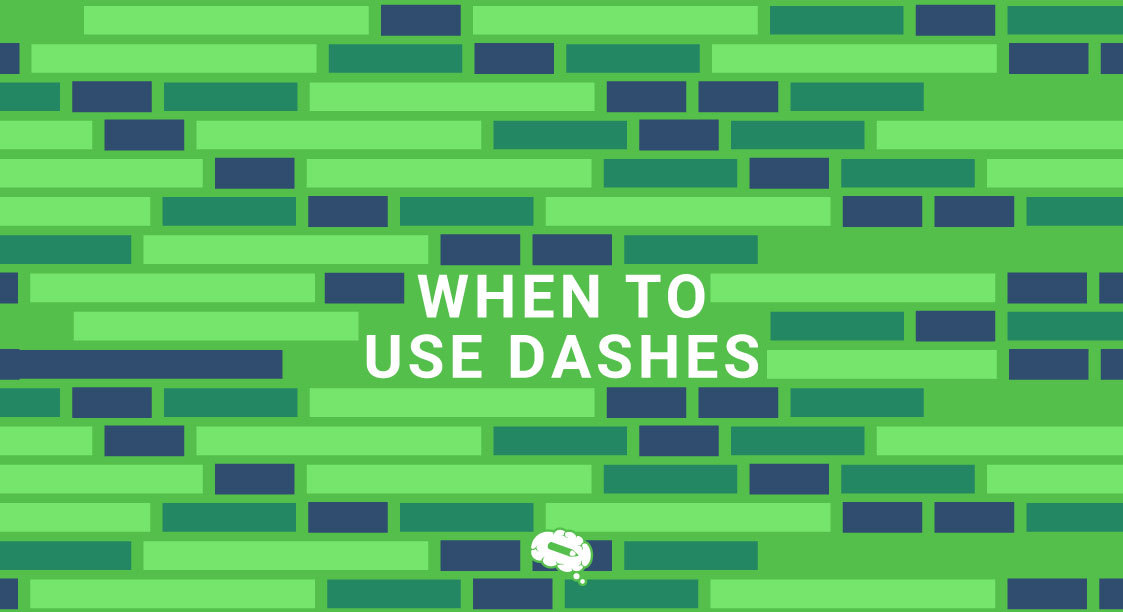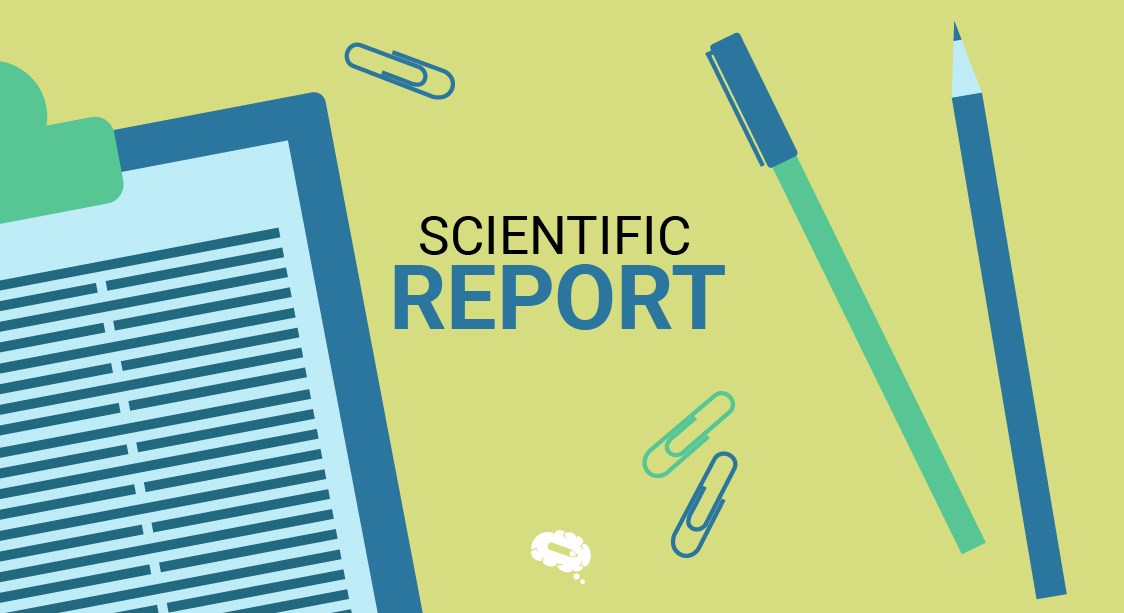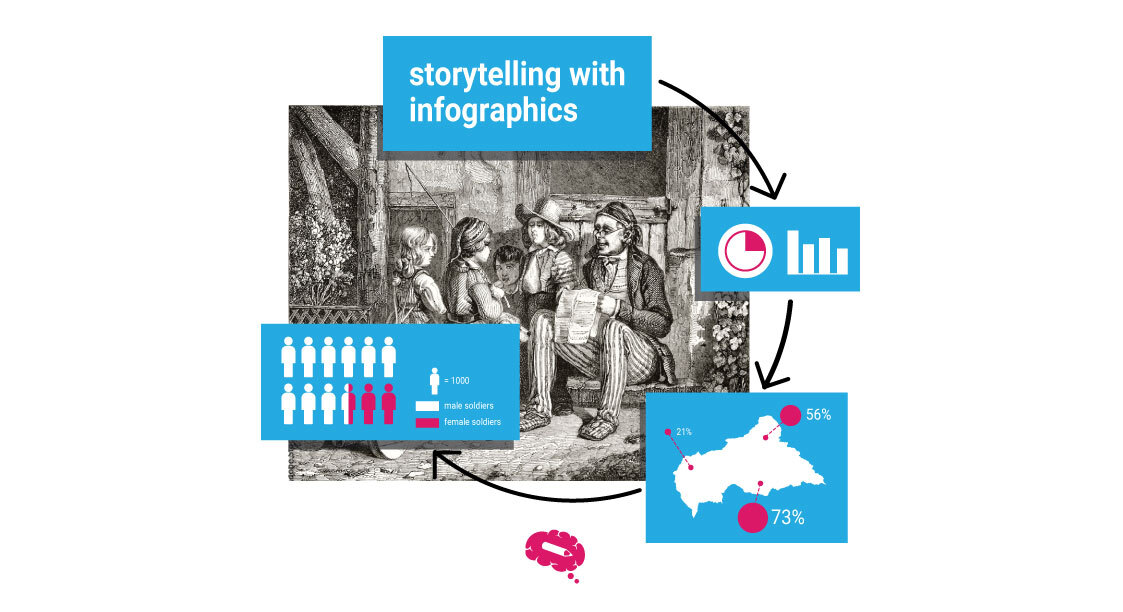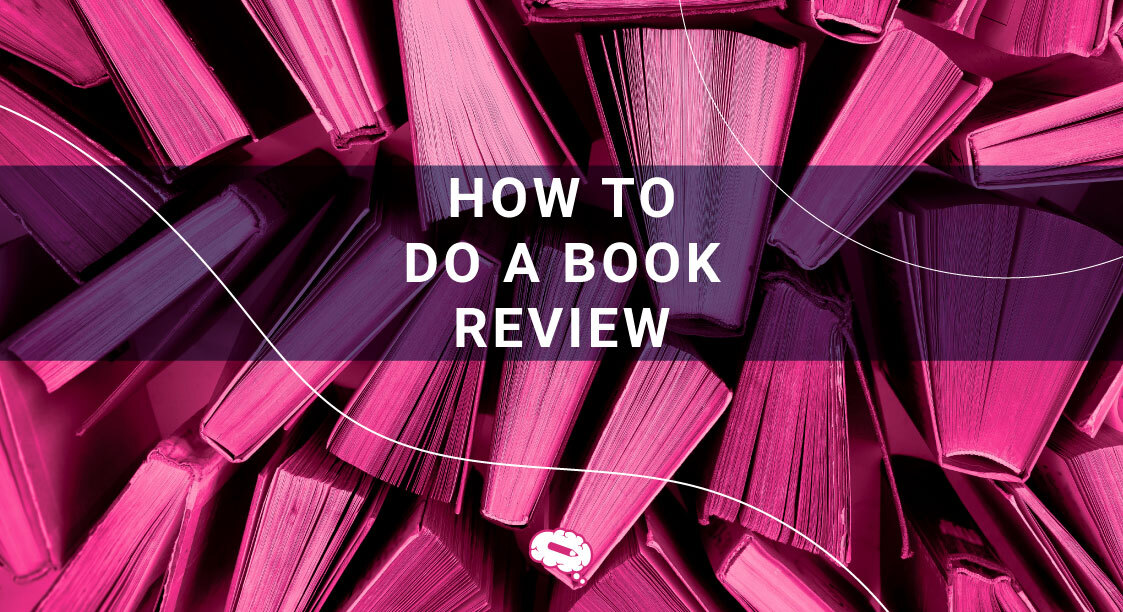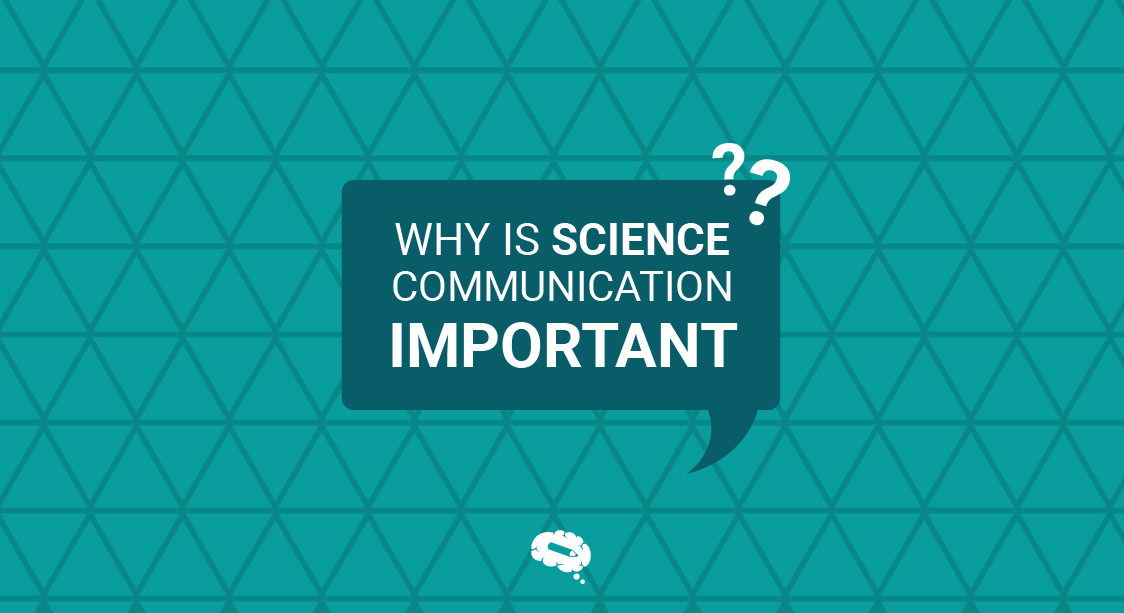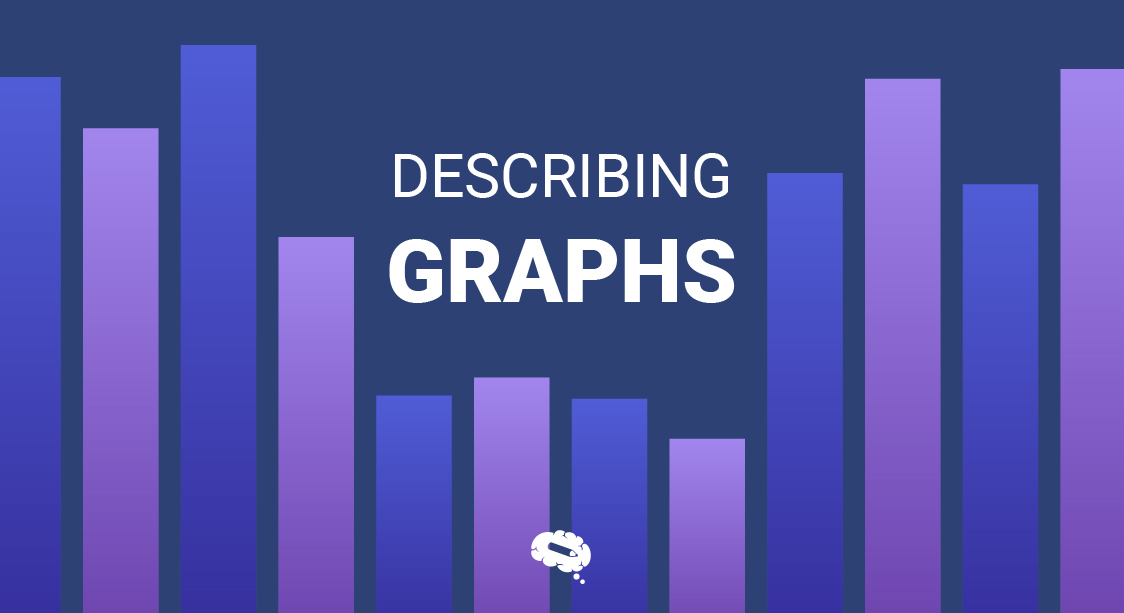Dashes are powerful punctuation marks often misunderstood in writing, but when used correctly, they can add clarity and emphasis to your content. In the scientific realm, where precision is key, knowing when to use dashes is crucial for effectively communicating complex ideas and data. From indicating interruptions in thought to setting off crucial information, understanding the nuances of dash usage is essential for scientific communication. In this comprehensive guide, we will delve into the intricacies of using dashes to help scientists and researchers harness the full potential of this often underutilized punctuation mark.
The Science of Dashes
Understanding Dash Types
When discussing when to use dashes, it’s important to start with the basics: not all dashes are created equal. There are two main types used in the English language and writing – the en dash and the em dash. The en dash, approximately the length of a lowercase ‘n’, is used to represent a range, such as “Read pages 10–20.” The em dash — roughly the length of a lowercase ‘m’ — sets off a phrase or clause for emphasis, similar to parentheses. For example: “The experiment — though controversial — yielded significant results.” Knowing the difference between these dashes and their appropriate usage is fundamental for clear and precise scientific writing. Keep in mind that dashes should not be replaced by hyphens, which are shorter and serve different purposes such as connecting compound words.
Deciphering Dash Rules
Mastering the rules of dash usage is essential for effective scientific communication. An em dash can replace commas, parentheses, or colons to enhance readability or to add a dramatic pause. For instance, in the sentence “The solution turned blue—an unexpected result—the experiment was deemed a success,” the em dashes create a strong break in the flow to highlight the surprising outcome. Unlike commas or parentheses, using em dashes can add a more informal or forceful tone to the sentence.
It’s also crucial to avoid overusing dashes as they can clutter the text and detract from its professionalism. As a rule of thumb, if more than two dashes appear in a sentence, it’s worth considering restructuring the sentence or using space as alternative punctuation. When formatting dashes, no spaces should be placed before or after an em dash. For en dashes, spaces are not typically used, except in some style guides that suggest spacing for improved readability.
Dash Usage in the Scientific Community
Dashes in Scientific Literature
In scientific literature, the precise use of dashes can greatly impact the clarity of complex information. When to use dashes effectively comes down to the context and the intended emphasis. For instance, em dashes are often used to highlight a specific point or to introduce an explanation within a sentence, as in “The protein—previously thought inactive—played a key role in the reaction.” This use of the em dash draws the reader’s attention to the interruption and underscores its importance.
En dashes might appear less frequently but serve a vital role in conveying ranges or connections, such as “The 1980–1990 data set was critical for our analysis.” Here, the en dash efficiently indicates a span of time. It’s important for scientists to familiarize themselves with these uses to ensure their research is communicated effectively. Proper dash usage in scientific writing helps to maintain a formal tone while delivering information with precision.
Implications on Clarity and Precision
The correct application of dashes has a significant impact on the clarity and precision of scientific texts. Dashes create a visual break that can make complex sentences easier to navigate, thereby aiding in the reader’s understanding. For example, an em dash can effectively separate words from a clarifying thought or an aside from the main clause, which can be especially useful when dealing with dense scientific jargon or data-heavy sentences.
However, misuse or overuse of dashes in academic can lead to confusion, disrupting the flow of the text and potentially causing misinterpretation of the data. Scientists must weigh the implications of using dashes against the goal of presenting their work as clearly and accurately as possible. In essence, the strategic use of dashes can enhance the reader’s comprehension, but they must be employed judiciously to maintain the integrity and readability of scientific literature.
The Art of Utilizing Dashes
Dashes for Emphasis and Disruption
Dashes have a unique ability to add emphasis or disruption within a sentence, making them powerful tools in the scientist’s writing toolbox. An em dash can be used to draw attention to a particular piece of information that the author wants to stand out, such as an unexpected outcome or a critical point of distinction. For example, in the sentence “The chemical compound—once deemed safe—showed toxic properties under new testing conditions,” the em dashes emphasize the abrupt change in understanding about the compound’s safety.
Similarly, dashes can create a disruptive but purposeful break in the flow of a sentence to introduce additional, often crucial, information, or to insert a comment or conclusion. This can be particularly effective in scientific writing, where qualifying information often accompanies data points. The key is to use this technique sparingly to ensure that the emphasis or disruption is impactful and does not overwhelm the reader.
Mastering the Skill: When to use Dashes
Becoming adept at using dashes means understanding not just the mechanics, but also the subtleties of their application. Em dashes are particularly versatile and can be used in place of commas for greater emphasis or to make an aside stand out: “The results—unexpected as they were—led to a new line of inquiry.” They can also function as a more emphatic colon or semicolon, to introduce a list, or to connect related clauses.
However, knowing when to use dashes also involves restraint. They should not interrupt the natural flow of a sentence without good reason, nor should they be used so frequently that the writing feels choppy. In scientific writing, where the focus is on precision and clarity, dashes are most effective when they underscore key points without detracting from the objectivity and formality of the text. As with any stylistic device, moderation and purpose are key to mastering the use of dashes.
Dashes vs. Other Punctuation Marks
Comparing Dashes and Commas
Dashes and commas often serve similar functions in writing but create different effects. Commas indicate a brief pause and are used to separate elements in a list, link independent clauses with independent clause in a conjunction, or bracket non-essential clauses. For example: “The experiment, while extensive, did not yield conclusive results.”
Dashes, on the other hand, can introduce a more pronounced pause than commas, which can add dramatic weight to the text. They are particularly useful for setting off appositives that contain commas, to avoid confusion. For instance: “Three scientists—the lead researcher, Dr. Smith; his assistant, Dr. Jones; and the statistician, Dr. Wang—contributed to the study.”
When deciding whether to use a dash or a comma, consider the degree of emphasis you want to convey. A dash can make the reader stop and take notes, while a comma provides a softer pause within the flow of the sentence. Choose the punctuation that best supports the clarity and intended impact of your sentence.
Dashes or Hyphens: Making an Informed Choice
Choosing between dashes and hyphens is crucial for maintaining the professionalism of scientific writing. Hyphens are slightly shorter and primarily used to join words together, such as in compound modifiers or to avoid ambiguity, like “high-pressure system.” They are also used in certain compound nouns, “mother-in-law,” and in breaking words that do not fit at the end of a line.
Dashes, specifically em dashes, are longer and serve a different purpose. They are used to insert a thought into a sentence, to denote a sudden break in dialogue, or to summarize the content of a preceding list of nouns alone, similar to the function of a colon. In “The reaction produced three byproducts—water, carbon dioxide, and methane—the last of which was unexpected,” the em dash emphasizes the surprise element among the results.
The choice between a hyphen and a dash affects the meaning and readability of a whole word or sentence, making it important to use them correctly. Hyphens compound, while dashes clarify or emphasize.
Practical Exercises on Dash Usage
Identifying Correct Dash Usage
To sharpen your skills in dash usage, try identifying instances where dashes are used correctly and where they might be misapplied. Start by reviewing scientific texts and noting the punctuation. Ask yourself whether the dash is functioning as an em dash for emphasis, interruption, or summary, or as an en dash to indicate a range or connection. Consider if the second dash in the sentence would have the same clarity and impact if the dash were replaced with a comma, parentheses, or a colon.
For instance, look at the sentence: “The species—known to be nocturnal—thrives in this habitat.” Here, the em dashes work well to add descriptive detail about the species. Now compare it to the next line: “The study spanned 5—10 years.” The use of an em dash is incorrect because it should be an en dash to denote the range of years.
Practice by using examples of rewriting sentences that misuse dashes, and by creating sentences of your own that employ dashes effectively. This exercise will help you become more adept at using dashes precisely and confidently in your own scientific writing.
Crafting Effective Sentences with Dashes
Crafting sentences that effectively incorporate dashes involves understanding the rhythm and emphasis they can provide. When writing, consider if a part of the sentence provides additional information, non-essential information, or a sudden change in tone. If so, this could be a good opportunity to use an em dash. Take the sentence: “The microscope—recently calibrated—offered unprecedented clarity.” The dashes here emphasize the condition of the microscope which is crucial to the sentence’s context.
Alternatively, ensure that you’re not using a dash where a more subtle comma would suffice, or where the information is too essential to be offset by dashes. Remember that dashes should enhance the sentence, not complicate it. Practice by taking sentences that are straightforward and experimenting with inserting dashes to highlight particular phrases two words or clauses. Through practice, you’ll develop an intuition for when a dash can turn a mundane sentence into one that captures the reader’s attention and underscores your point.
Mind the Graph: The Importance of Accuracy in Scientific Illustrations
Accuracy in scientific illustrations is paramount for effectively communicating research findings. Precise visuals ensure that data is represented correctly, eliminating misunderstandings and enhancing the credibility of the research. Accurate illustrations help readers to visualize complex concepts and data with clarity, facilitating a deeper understanding of the subject matter. Mind the Graph excels in providing meticulously crafted scientific illustrations that adhere to the highest standards of accuracy. Our tool is designed to help researchers create visuals that are not only visually appealing but also scientifically precise, ensuring that your research is presented with the utmost integrity and professionalism.

Subscribe to our newsletter
Exclusive high quality content about effective visual
communication in science.

